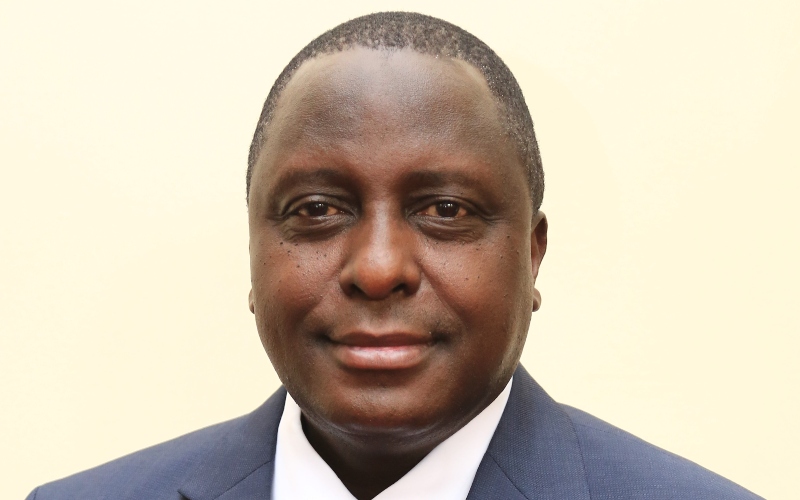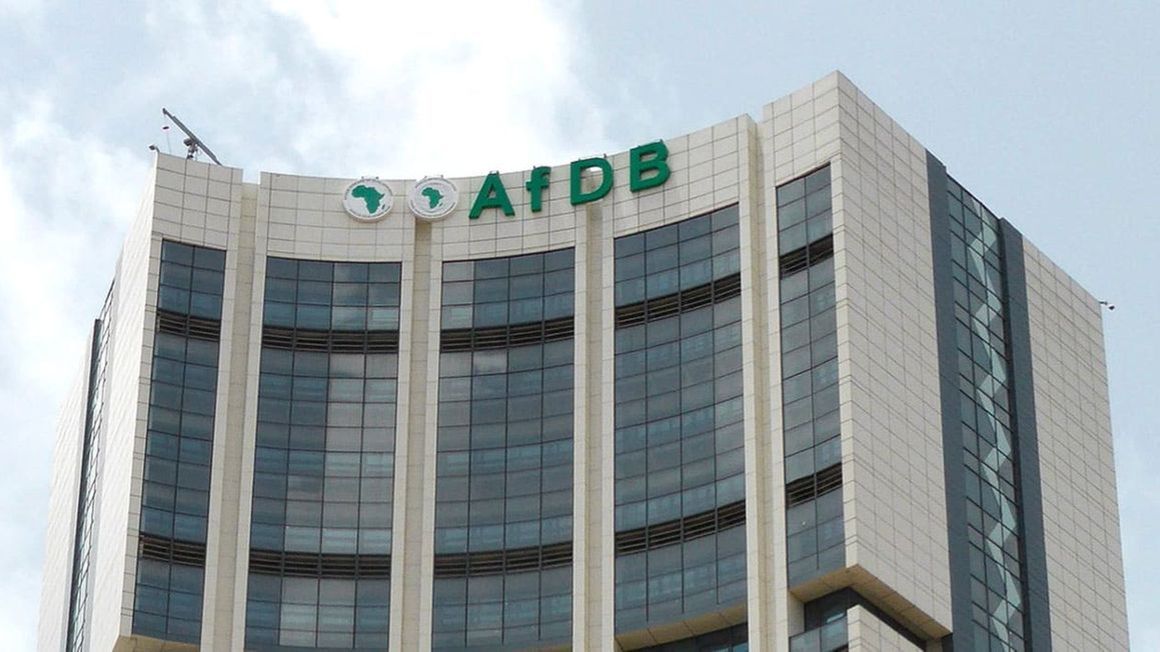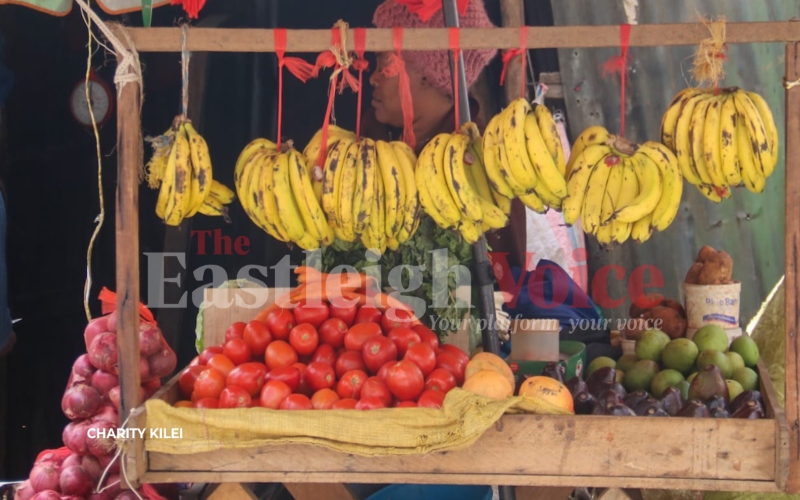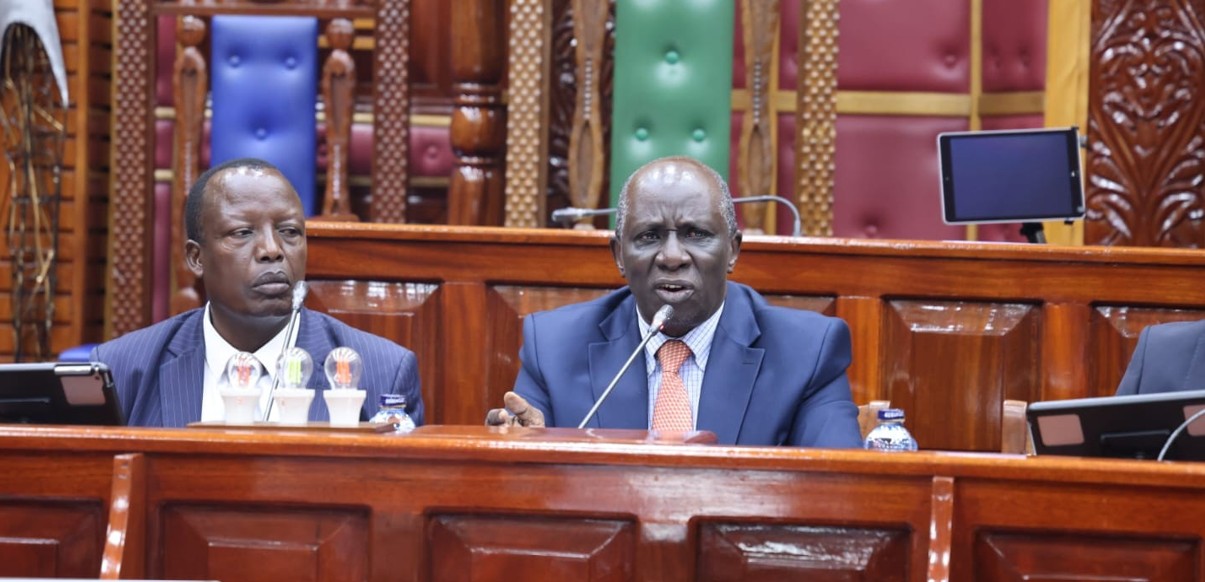Kenya's middle-income milestone overlooked by setbacks in sustainable development
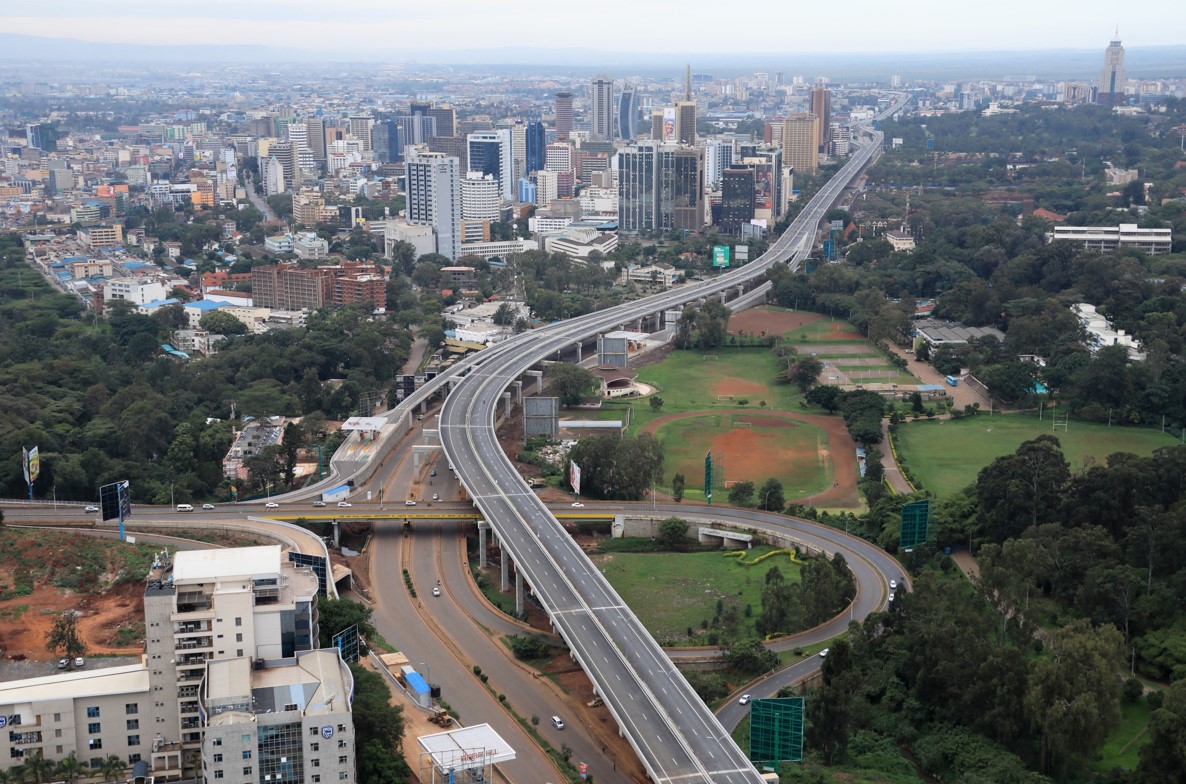
The latest World Bank's economic prospects report for the year 2025, indicates that the country is falling behind on 12 of the 17 SDGs,
Kenya has arguably made significant strides in its pursuit of transitioning from a low-middle-income country to a middle-income country, marking a notable milestone in its economic journey.
However, despite this progress, the nation continues to face challenges in achieving key Sustainable Development Goals (SDGs), a major setback to the transition goal.
More To Read
- Kenya ranked Africa’s most competitive economy in International Institute for Management Development 2025 Index
- Ruto unveils Sh4 trillion development plan to propel Kenya to first-world status
- Construction sector seen as Kenya’s weakest job creator in 2025, CBK survey shows
- Kenya's economy grows 5 per cent in second quarter of 2025- KNBS
- Majority of Kenyans report worsening economic conditions since last election
- Kenya’s banking sector at a crossroads: Economist analyses new capital rules and licensing shift
The latest World Bank's economic prospects report for the year 2025, indicates that the country is falling behind on 12 of the 17 SDGs, with many areas showing stagnation or regression, particularly in broader welfare and sustainable development metrics.
The stagnation is most evident in critical sectors such as social welfare, poverty alleviation, and environmental sustainability.
The report notes that the challenges are compounded by rising inequality and exclusion, both real and perceived, which remain pervasive across the country.
As Kenya works towards its economic goals, these issues highlight the need for a more balanced approach that addresses both growth and equitable development, the report reads in part.
Echoing the SDGs setback, a report by Global Compact Network Kenya, a local network of the United Nations says nine years after the 17 SDGs were unveiled, only about three are on track, depicting slowed implementation.
It notes that the current rate of progress will do little to support the attainment of the goals by 2030, the target year.
"With only 15 per cent of the SDGs on track, economies globally stand to lose an extra $38 trillion per year," the lobby says.
"With the SDG financing gap at approximately $11–15 trillion per year, or four times greater than current spending levels, the $38 trillion is approximately 20 per cent of the entire global economy and the longer we wait the more expensive it will become."
Investment strategies
The 2025 Economic Growth Outlook therefore underscores these concerns, pointing to the urgent need for a recalibration of policy and investment strategies to accelerate progress on the SDGs.
Besides the SDGs downplay, the lender highlights some of the key policy reforms that have sparked Kenya's growth to date.
These include the implementation of market-oriented reforms, restoration of macroeconomic stability, strengthening of governance institutions, expansion of physical infrastructure, and fostering of financial sector innovations.
First, it says the Economic Recovery Strategy (ERS) of 2003 sought, among other things, to address key macroeconomic vulnerabilities, structural weaknesses, and governance gaps.
"The major challenges facing the government at the time were how to restore economic growth, reduce poverty, and create jobs."
Second, through the 2003- 2007 Investment Program for Economic Recovery Strategy for Wealth and Employment Creation, Kenya sought to accelerate economic growth and poverty reduction by encouraging private enterprise, improving economic governance, and building human capital by investing in education and health.
The country made several growth-friendly reforms that encouraged private investment as price controls were eliminated, interest rates liberalised and a competitive exchange rate introduced.
In the 2010s, Kenya's government adopted expansionary fiscal policies to stimulate economic growth and achieve the goals set out in Vision 2030.
The government then prioritized spending on both economic and social infrastructure, aiming to enhance productivity and reduce poverty.
Kenya's financial sector innovations and the supportive regulatory environment, according to the report, have also significantly advanced financial inclusion, enabled by the rapid expansion of mobile financial services.
"These reforms were supported by a constitutional change in 2010 that decentralized political power and sought to improve governance.
Top Stories Today







